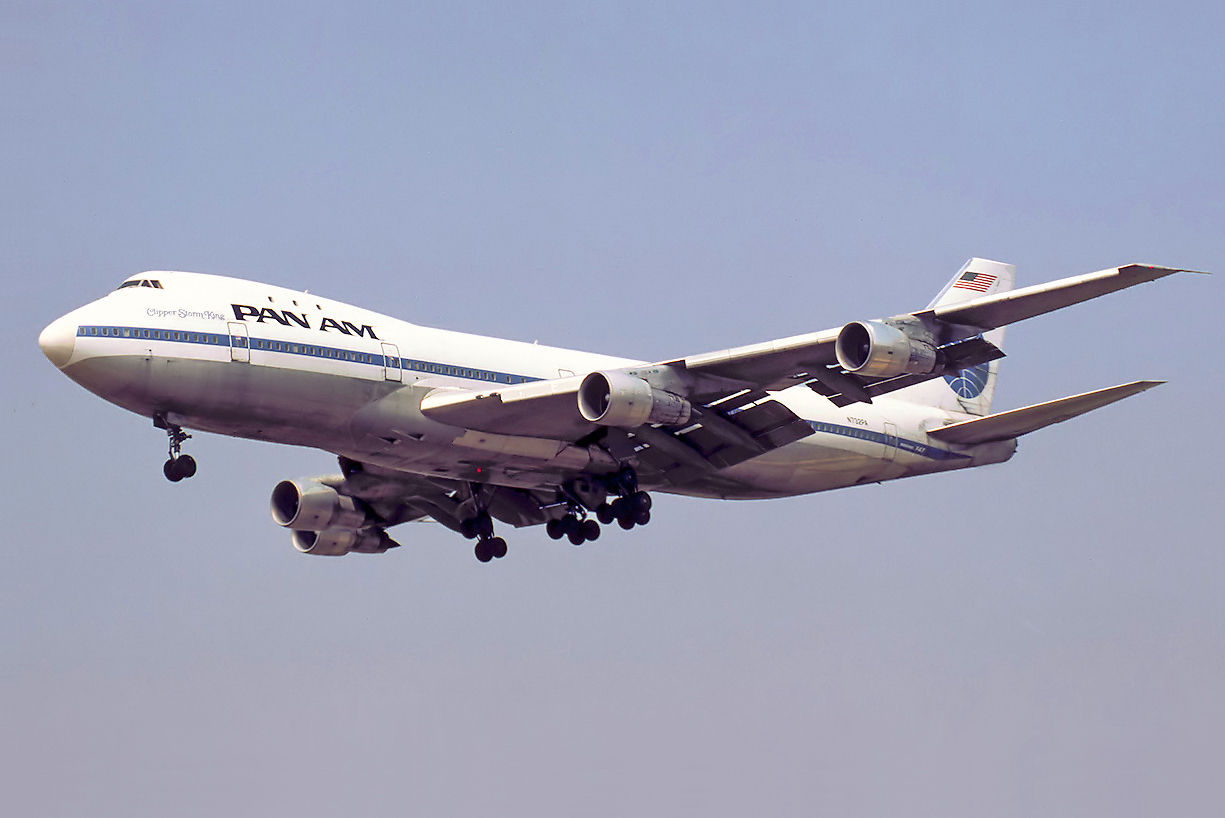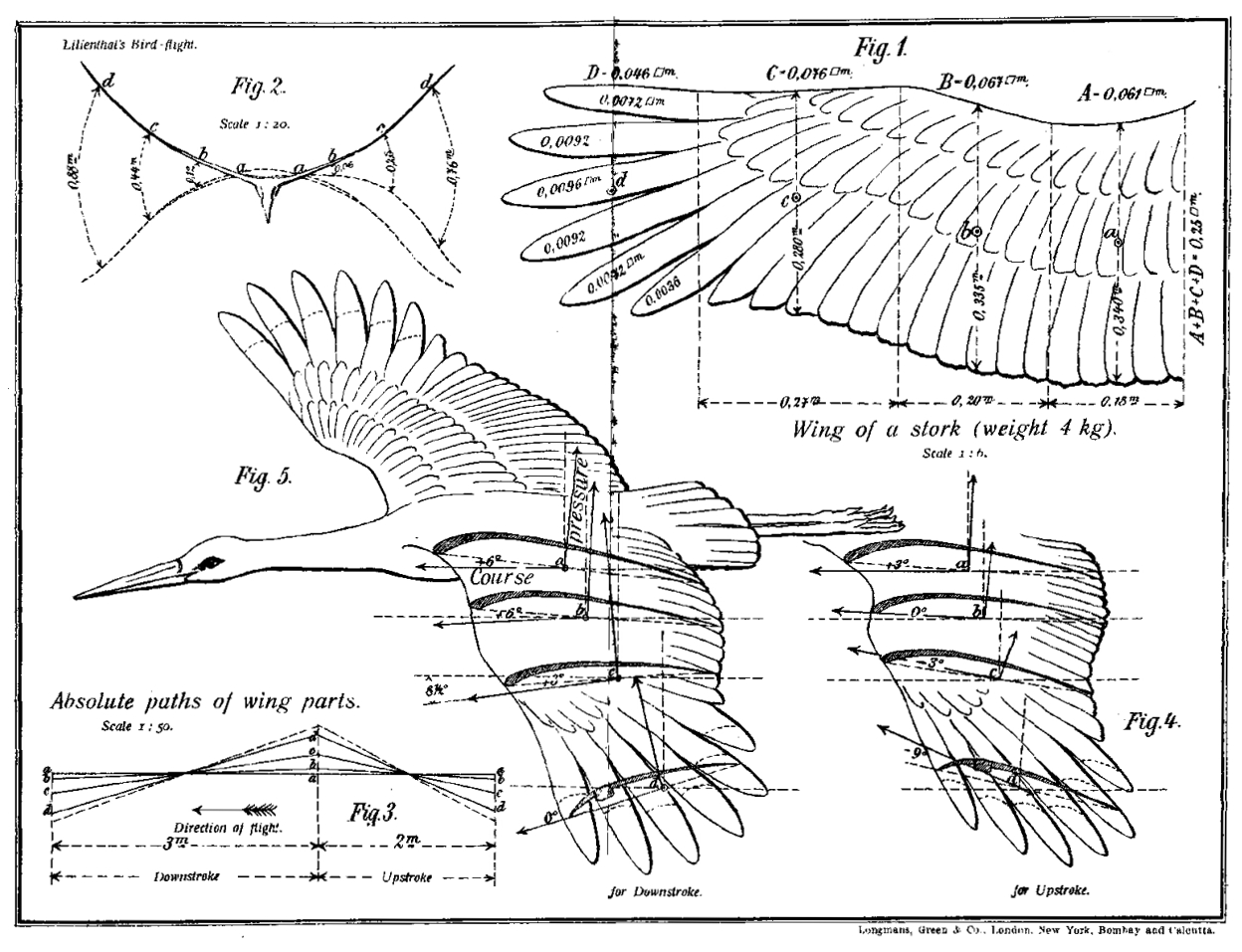|
Aviation
Aviation includes the activities surrounding mechanical flight and the aircraft industry. ''Aircraft'' include fixed-wing and rotary-wing types, morphable wings, wing-less lifting bodies, as well as lighter-than-air aircraft such as hot air balloons and airships. Aviation began in the 18th century with the development of the hot air balloon, an apparatus capable of atmospheric displacement through buoyancy. Clément Ader built the "Ader Éole" in France and made an uncontrolled, powered hop in 1890. This was the first powered aircraft, although it did not achieve controlled flight. Some of the most significant advancements in aviation technology came with the controlled gliding flying of Otto Lilienthal in 1896. A major leap followed with the construction of the '' Wright Flyer'', the first powered airplane by the Wright brothers in the early 1900s. Since that time, aviation has been technologically revolutionized by the introduction of the jet engine which enabl ... [...More Info...] [...Related Items...] OR: [Wikipedia] [Google] [Baidu] |
Aircraft
An aircraft ( aircraft) is a vehicle that is able to flight, fly by gaining support from the Atmosphere of Earth, air. It counters the force of gravity by using either Buoyancy, static lift or the Lift (force), dynamic lift of an airfoil, or, in a few cases, direct Powered lift, downward thrust from its engines. Common examples of aircraft include airplanes, rotorcraft (including helicopters), airships (including blimps), Glider (aircraft), gliders, Powered paragliding, paramotors, and hot air balloons. Part 1 (Definitions and Abbreviations) of Subchapter A of Chapter I of Title 14 of the U. S. Code of Federal Regulations states that aircraft "means a device that is used or intended to be used for flight in the air." The human activity that surrounds aircraft is called ''aviation''. The science of aviation, including designing and building aircraft, is called ''aeronautics.'' Aircrew, Crewed aircraft are flown by an onboard Aircraft pilot, pilot, whereas unmanned aerial vehicles ... [...More Info...] [...Related Items...] OR: [Wikipedia] [Google] [Baidu] |
Wright Brothers
The Wright brothers, Orville Wright (August 19, 1871 – January 30, 1948) and Wilbur Wright (April 16, 1867 – May 30, 1912), were American aviation List of aviation pioneers, pioneers generally credited with inventing, building, and flying the world's first successful airplane. They made the first controlled, sustained flight of an engine-powered, Aircraft#Heavier-than-air – aerodynes, heavier-than-air aircraft with the ''Wright Flyer'' on December 17, 1903, four miles (6 km) south of Kitty Hawk, North Carolina, at what is now known as Kill Devil Hills, North Carolina, Kill Devil Hills. In 1904 the Wright brothers developed the ''Wright Flyer II'', which made longer-duration flights including the first circle, followed in 1905 by the first truly practical fixed-wing aircraft, the ''Wright Flyer III''. The brothers' breakthrough invention was their creation of a Flight dynamics (aircraft), three-axis control system, which enabled the pilot to steer the aircraft effec ... [...More Info...] [...Related Items...] OR: [Wikipedia] [Google] [Baidu] |
Airplane
An airplane (American English), or aeroplane (Commonwealth English), informally plane, is a fixed-wing aircraft that is propelled forward by thrust from a jet engine, Propeller (aircraft), propeller, or rocket engine. Airplanes come in a variety of sizes, shapes, and wing configurations. The broad spectrum of uses for airplanes includes recreation, air transportation, transportation of goods and people, military aviation, military, and Experimental aircraft, research. Worldwide, commercial aviation transports more than four billion passengers annually on airliners and transports more than 200 billion tonne-kilometersMeasured in RTKs—an RTK is one tonne of revenue freight carried one kilometer. of cargo annually, which is less than 1% of the world's cargo movement. Most airplanes are flown by a pilot on board the aircraft, but some are designed to be unmanned aerial vehicle, remotely or computer-controlled such as drones. The Wright brothers invented and flew the Wright Flyer ... [...More Info...] [...Related Items...] OR: [Wikipedia] [Google] [Baidu] |
Otto Lilienthal
Karl Wilhelm Otto Lilienthal (23 May 1848 – 10 August 1896) was a German pioneer of aviation who became known as the "flying man". He was the first person to make well-documented, repeated, successful flights with gliders, therefore making the idea of heavier-than-air aircraft a reality. Newspapers and magazines published photographs of Lilienthal gliding, favourably influencing public and scientific opinion about the possibility of flying machines becoming practical. Lilienthal's work led to his developing the concept of the modern wing. His flight attempts in 1891 are seen as the beginning of human flight and the " Lilienthal Normalsegelapparat" is considered the first airplane in series production, making the ''Maschinenfabrik Otto Lilienthal'' in Berlin the first airplane production company in the world. He has been referred to as the "father of aviation" and "father of flight". On 9 August 1896, Lilienthal’s glider stalled and he was unable to regain control. Fallin ... [...More Info...] [...Related Items...] OR: [Wikipedia] [Google] [Baidu] |
Helicopter
A helicopter is a type of rotorcraft in which Lift (force), lift and thrust are supplied by horizontally spinning Helicopter rotor, rotors. This allows the helicopter to VTOL, take off and land vertically, to hover (helicopter), hover, and to fly forward, backward and laterally. These attributes allow helicopters to be used in congested or isolated areas where fixed-wing aircraft and many forms of short take-off and landing (STOL) or short take-off and vertical landing (STOVL) aircraft cannot perform without a runway. The Focke-Wulf Fw 61 was the first successful, practical, and fully controllable helicopter in 1936, while in 1942, the Sikorsky R-4 became the first helicopter to reach full-scale mass production, production. Starting in 1939 and through 1943, Igor Sikorsky worked on the development of the Vought-Sikorsky VS-300, VS-300, which over four iterations, became the basis for modern helicopters with a single main rotor and a single tail rotor. Although most earlier ... [...More Info...] [...Related Items...] OR: [Wikipedia] [Google] [Baidu] |
Wright Flyer
The ''Wright Flyer'' (also known as the ''Kitty Hawk'', ''Flyer'' I or the 1903 ''Flyer'') made the first sustained flight by a manned heavier-than-air powered and controlled aircraft on December 17, 1903. Invented and flown by brothers Wright brothers, Orville and Wilbur Wright, it marked the beginning of the Aviation in the pioneer era, pioneer era of aviation. The aircraft is a single-place biplane design with Dihedral (aeronautics)#Anhedral and polyhedral, anhedral (drooping) wings, front double Elevator (aeronautics), elevator (a canard (aeronautics), canard) and rear double rudder. It used a gasoline engine powering two pusher propellers. Employing "wing warping", it was relatively unstable and very difficult to fly. The Wright brothers flew it four times in a location now part of the town of Kill Devil Hills, North Carolina, Kill Devil Hills, about south of Kitty Hawk, North Carolina. The airplane flew on its fourth and final flight, but was damaged on landing, and ... [...More Info...] [...Related Items...] OR: [Wikipedia] [Google] [Baidu] |
Montgolfier Brothers
The Montgolfier brothers – Joseph-Michel Montgolfier (; 26 August 1740 – 26 June 1810) and Jacques-Étienne Montgolfier (; 6 January 1745 – 2 August 1799) – were aviation pioneers, balloonists and paper manufacturers from the Communes of France, commune Annonay in Ardèche, France. They invented the ''Montgolfière''-style hot air balloon, globe aérostatique, which launched the first confirmed piloted ascent by humans in 1783, carrying Jacques-Étienne. Joseph-Michel also invented the self-acting hydraulic ram (1796) and Jacques-Étienne founded the first paper-making vocational school. Together, the brothers invented a process to manufacture Vellum#Paper vellum, transparent paper. Early years Joseph-Michel and Jacques-Étienne Montgolfier were born into a family of paper manufacturers. Their parents were Pierre Montgolfier (1700–1793) and Anne Duret (1701–1760), who had 16 children. Pierre Montgolfier established his eldest son, Raymond (1730–1772), as his succ ... [...More Info...] [...Related Items...] OR: [Wikipedia] [Google] [Baidu] |
Balloon (aeronautics)
In aeronautics, a balloon is an unpowered aerostat, which remains aloft or floats due to its buoyancy. A balloon may be free, moving with the wind, or tethered to a fixed point. It is distinct from an airship, which is a powered aerostat that can propel itself through the air in a controlled manner. Many balloons have a basket, gondola, or capsule suspended beneath the main envelope for carrying people or equipment (including cameras and telescopes, and flight-control mechanisms). Aerostation Aerostation is an obsolete term referring to ballooning and the construction, operation, and navigation of lighter-than-air vehicles. Tiberius Cavallo's ''The History and Practice of Aerostation'' was published in 1785. Other books were published on the subject including by Monck Mason. Dramatist Frederick Pilon wrote a play with aerostation as its title. Principles A balloon is conceptually the simplest of all flying machines. The balloon is a fabric envelope filled with a gas t ... [...More Info...] [...Related Items...] OR: [Wikipedia] [Google] [Baidu] |
Zeppelin
A Zeppelin is a type of rigid airship named after the German inventor Ferdinand von Zeppelin () who pioneered rigid airship development at the beginning of the 20th century. Zeppelin's notions were first formulated in 1874Eckener 1938, pp. 155–157. and developed in detail in 1893.Dooley 2004, p. A.187. They were patented in German Empire, Germany in 1895 and in the United States in 1899. After the outstanding success of the Zeppelin design, the word ''zeppelin'' came to be commonly used to refer to all forms of rigid airships. Zeppelins were first flown commercially in 1910 by Deutsche Luftschiffahrts-AG (DELAG), the world's first airline in revenue service. By mid-1914, DELAG had carried over 10,000 fare-paying passengers on over 1,500 flights. During World War I, the German military made extensive use of Zeppelins German strategic bombing during World War I, as bombers and aerial reconnaissance in World War I, as scouts. Numerous bombing raids on United Kingdom of Great Brita ... [...More Info...] [...Related Items...] OR: [Wikipedia] [Google] [Baidu] |
Jean-Pierre Blanchard
Jean-Pierre rançoisBlanchard (; 4 July 1753 – 7 March 1809) was a French inventor, best known as a pioneer of gas balloon flight, who distinguished himself in the conquest of the air in a balloon. Notable for his successful hydrogen balloon flight in Paris on 2 March 1784, Blanchard later moved to London and undertook flights with varying propulsion mechanisms. His historic achievement came on 7 January 1785, crossing the English Channel from Dover Castle to Guînes in about 2½ hours, receiving acclaim from Louis XVI and earning a substantial pension. Touring Europe, Blanchard demonstrated his balloons and showcased the modern parachute, which he later used for a successful escape in 1793 when his hydrogen balloon ruptured. Also in 1793, he conducted the first balloon flight in the Americas, witnessed by President George Washington. Married to Sophie Blanchard in 1804, Blanchard suffered a fatal heart attack in his balloon in 1808, with his widow continuing balloon demo ... [...More Info...] [...Related Items...] OR: [Wikipedia] [Google] [Baidu] |
Rigid Airship
A rigid airship is a type of airship (or dirigible) in which the Aerostat, envelope is supported by an internal framework rather than by being kept in shape by the pressure of the lifting gas within the envelope, as in blimps (also called pressure airships) and semi-rigid airships. Rigid airships are often commonly called Zeppelins, though this technically refers only to airships built by the Luftschiffbau Zeppelin company. In 1900, Count Ferdinand von Zeppelin successfully performed the maiden flight of his first airship; further models quickly followed. Prior to the First World War, Germany was a world leader in the field, largely attributable to the work of von Zeppelin and his Luftschiffbau Zeppelin company. During the conflict, rigid airships were tasked with various military duties, which included their participation in German strategic bombing during World War I, Germany's strategic bombing campaign. Numerous rigid airships were produced and employed with relative commer ... [...More Info...] [...Related Items...] OR: [Wikipedia] [Google] [Baidu] |








